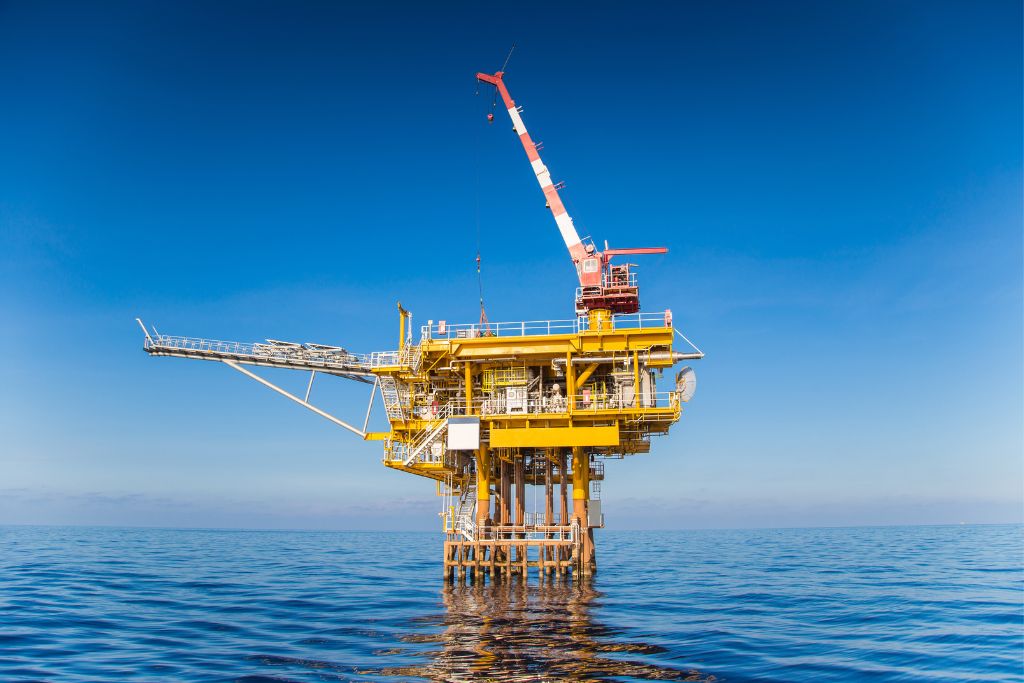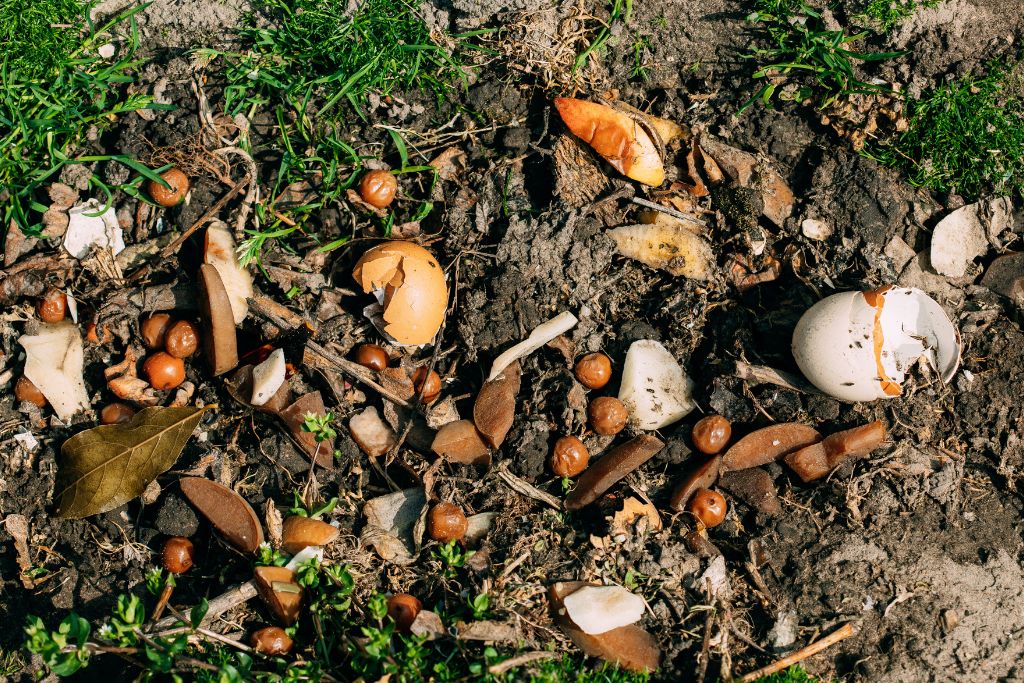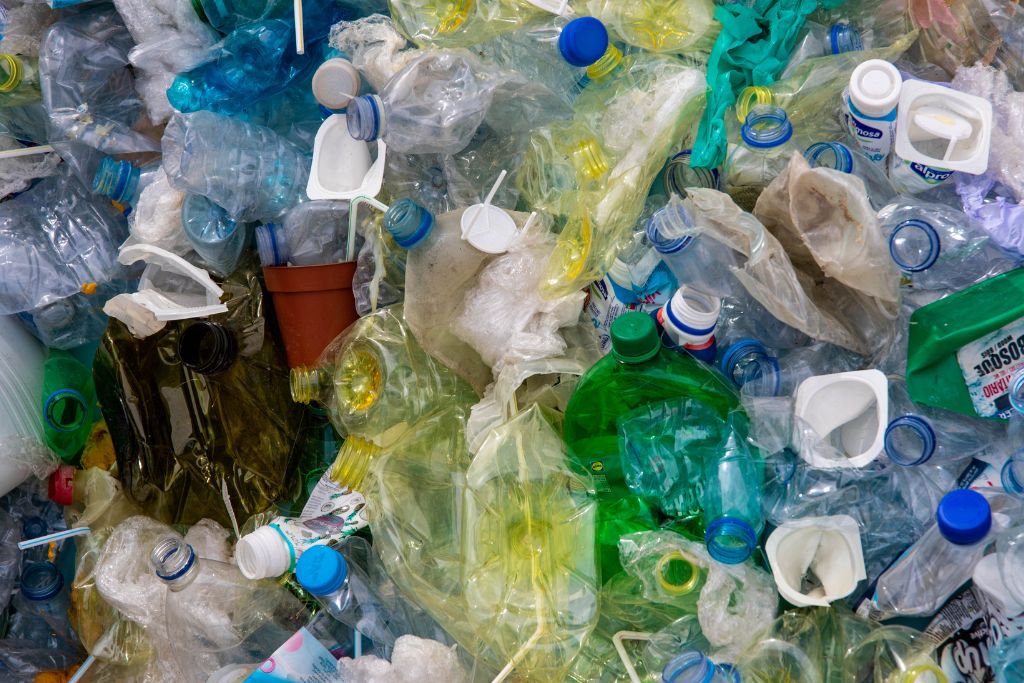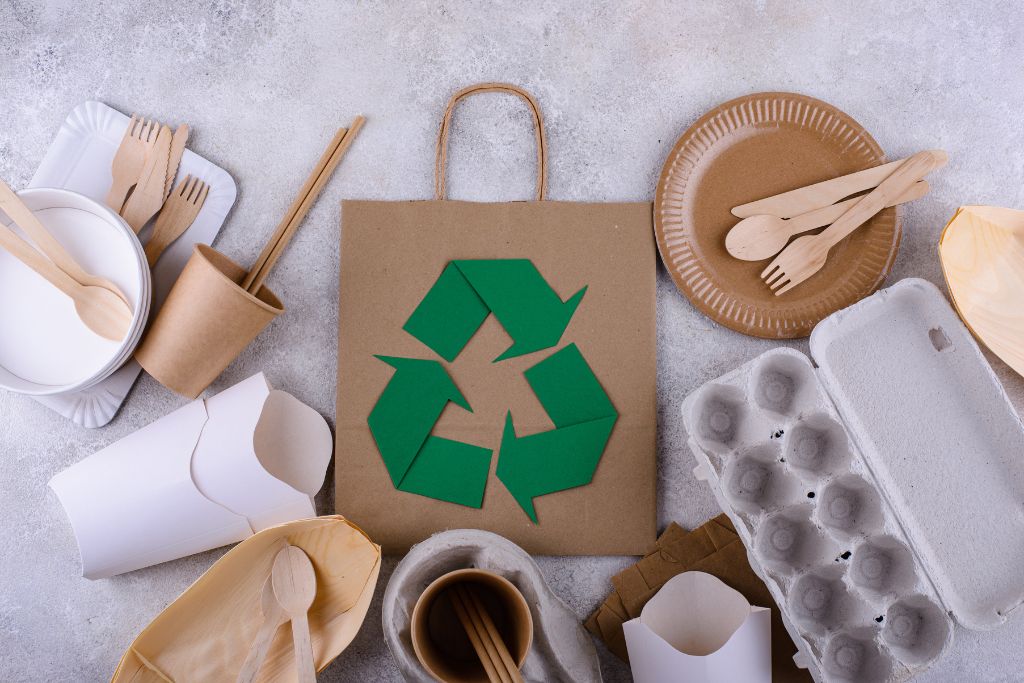Plastic water bottles are one of the most clearly visible items that may be found among the many other kinds of marine trash that are fouling our oceans. But how did this chemical, which at first glance appears to pose no threat to the environment, come to represent the degradation of our natural resources? Extraction and refining of fossil fuels are required for the production of even a single plastic bottle. This process results in the emission of carbon dioxide, which contributes to the changing of the climate.
They Take Oil To Produce
The production of plastic water bottles requires giant amounts of fossil fuels, which contribute to climate change. It takes 17 million barrels of oil a year to make enough disposable plastic water bottles to fill all the oceans in the world – that’s more than the amount required to power cars for an entire year!
Plastic water bottles are made of polyethene terephthalate, which is produced from petroleum and natural gas. To create this plastic, it is necessary to extract, refine, and manufacture these fossil fuels. It also requires energy to transport and cool the bottled water.

Even if the water in your bottle is sourced from a pristine aquifer, it can be infused with a toxic stew of chemicals that leach from the plastic. This is especially a concern for bottles that contain BPA (Bisphenol A), which has been linked to various health problems. Bottles labelled with “1” are safe to reuse if kept away from high temperatures, but they’re still better off being recycled once than used over and over again.
They’re Not Biodegradable
While plastic water bottles are a great source of clean drinking water, it’s important to consider where they end up once they’re empty. It takes over 400 years for plastic bottles to biodegrade, and they break down into microplastics that can harm marine life. This can be particularly harmful to larger animals who ingest the tiny plastic particles, as they can cause serious health problems like endocrine disruptions, reproductive issues and infertility, obesity and even cancer.

In order to create plastic water bottles, manufacturers use oil and fossil fuels to produce polyethene terephthalate or PET resin. This creates a lot of greenhouse gases and other harmful chemicals that are emitted during production. These chemicals can also be found in your bottled water, and they’re known to disrupt the endocrine system and lead to an increase in diabetes, respiratory disorders, heart disease and infertility. Fortunately, there are plenty of safe and healthy alternatives to plastic water bottles. One such company is Boxed Water, which uses cardboard packaging to carry its high-quality filtered water.
They’re Not Recyclable
Only a small portion of the billions of plastic water bottles used each year are recycled. The rest end up filling landfills and causing land pollution or, worse yet, being washed to sea where they threaten the lives of marine animals.
Most bottled water is made from polyethene terephthalate, known by the resin code number PET. This is one of the most recyclable plastics on the market. However, many plastics are not recyclable, including a group called type-7 plastics that can leach chemicals, such as BPA, into the liquid inside them.

By recycling water bottles, you’re reducing the amount of oil and other raw materials needed to produce new ones. It also conserves energy because it takes less energy to melt and reshape existing plastic than it does to create new materials from scratch. It’s even better if you choose to recycle your bottle caps. You can learn more about how to do so here.
They’re Not Eco-Friendly
Plastic water bottles are bad for the environment for multiple reasons. They take oil to produce, are not biodegradable, and contribute to the ever-growing Great Plastic Garbage Patch in our oceans. Plus, they’re often made with harmful chemicals like BPA that leach into the water – especially in bottles labelled as “type-7” (like polycarbonate).
Luckily, there are many alternatives to plastic. You can find eco-friendly reusable water bottles made from glass, stainless steel, or aluminium. These options require less energy to produce, are sturdier and longer-lasting than plastic, and can be recycled over and over again.

Plastic water bottles can be replaced with reusable ones that are made from BPA-free and safe HDPE plastic, and high-density polypropylene, among other recyclable materials. To minimize the damage caused by plastics, we should also try to replace other household items made with plastic such as cutlery, food containers, and plastic bags. This will help to prevent further environmental harm.
“The Effect of Plastic Water Bottles on the Environment” can enlighten you. Discover plastic pollution’s dire effects and the need for sustainable alternatives. “Why Waterfalls Are Important” explains waterfalls’ ecological and cultural value. Learn about waterfalls’ importance to ecosystems and their special appeal to nature lovers. Learn about water conservation and environmental conservation.
